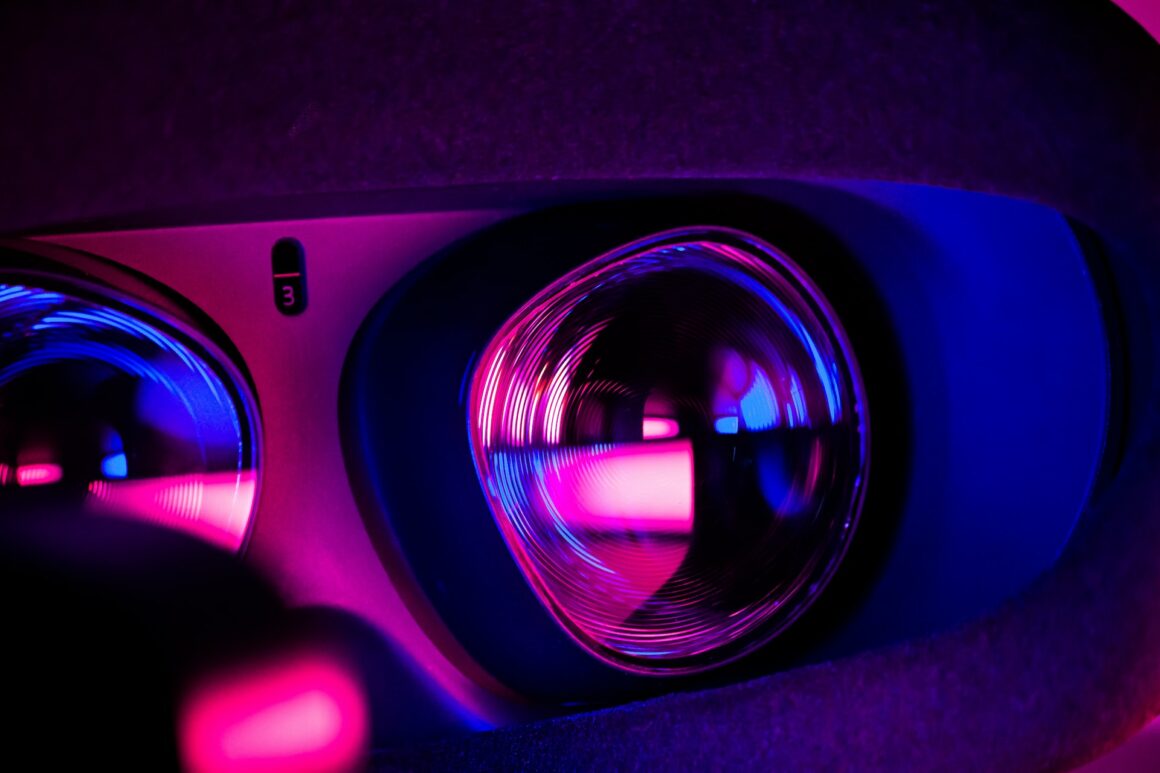In the ever-changing landscape of design and technology, paradigms shift, methodologies evolve, and buzzwords come and go. One such buzzword that has been subject to both celebration and skepticism is “UX Design is dead.” Is it truly dead, or has it merely transformed?
As we traverse the dynamic realm of digital experiences, it becomes evident that UX Design has not met its demise; rather, it has entered a new phase of existence, marked by adaptation, reflection, and a resilient spirit.
The Evolution of UX Design: A Brief Retrospective

Over the past few decades, the role of UX Design has shifted significantly. It began as a niche discipline focused on improving user interfaces and interactions, and it has since burgeoned into an integral part of product development, encompassing user research, interaction design, usability testing, and more.
The term “UX Design” became synonymous with empathy-driven, user-centered design practices that aimed to create seamless, delightful digital experiences.
However, this growth wasn’t without challenges. As UX Design gained popularity, it risked becoming diluted, with its principles sometimes being treated as a checklist rather than a mindset.
This led to the rise of “UX/UI Designers” who were more concerned with aesthetics than user needs. Some critics even went so far as to declare the death of UX Design, citing its potential commodification and oversimplification.
The Resilience of UX Design: Adaptation and Renewal

Yet, like a phoenix rising from the ashes, UX Design proved its resilience. It responded to the critiques and shifts in the industry by embracing a broader scope that encompasses the entire user journey.
This holistic approach considers not only the digital touchpoints but also the emotional and psychological aspects of user interaction. As technology infiltrates every facet of our lives, from wearables to smart homes, the definition of “user experience” itself has expanded.
Moreover, the integration of UX Design principles into agile and iterative development methodologies has proven its vitality. Instead of being a discrete phase in the product lifecycle, UX Design has become a continuous thread woven throughout the process, allowing for rapid iterations based on real user feedback.
The concept of “lean UX” emerged, emphasising collaboration, adaptability, and the prioritisation of validated learning over assumptions.
Reflections on UX Design: Balancing Science and Art

As the boundaries of UX Design continue to expand, it is important to reflect on its nature as a blend of science and art. The scientific aspect is rooted in data-driven decision-making, user testing, and research methodologies that provide a solid foundation for design choices.
On the other hand, the artistic aspect lies in the intuitive understanding of human emotions, cultural nuances, and the ability to translate those insights into captivating experiences.
One of the challenges that emerged during this evolution is the tension between these two facets. Striking the right balance between data-driven optimisation and creative exploration is an ongoing endeavor.
As we celebrate the ever-increasing accessibility to user data and analytics, we must also remember that creativity and empathy remain at the core of great UX Design.
The Continuity of UX Design: A Future Envisioned

Looking ahead, the future of UX Design appears promising, albeit with some reservations. The integration of AI and machine learning is poised to revolutionise personalisation, predictive analytics, and anticipatory design.
While these advancements offer exciting opportunities, they also raise ethical concerns about user privacy and the potential for reinforcing filter bubbles.
Furthermore, the democratisation of design tools has empowered individuals with minimal design background to engage in UX-related tasks. This is a double-edged sword; while it democratises the creation process, it also introduces the risk of oversimplification and the devaluation of the expertise that seasoned UX Design professionals bring to the table.
Conclusion
The assertion that “UX Design is dead” is an oversimplification. It is not a monolithic entity that can simply wither away; rather, it is a dynamic discipline that has shown an impressive capacity to adapt and thrive.
As the landscape of technology and human interaction evolves, so does UX Design. Its essence, rooted in empathy, creativity, and a commitment to enhancing human experiences, remains strong.
So, let us raise a toast to the evolution, resilience, and continuity of UX Design. As we navigate the uncharted waters of emerging technologies, cultural shifts, and evolving user needs, let us remember that while the landscape may change, the heart of UX Design beats ever stronger.



